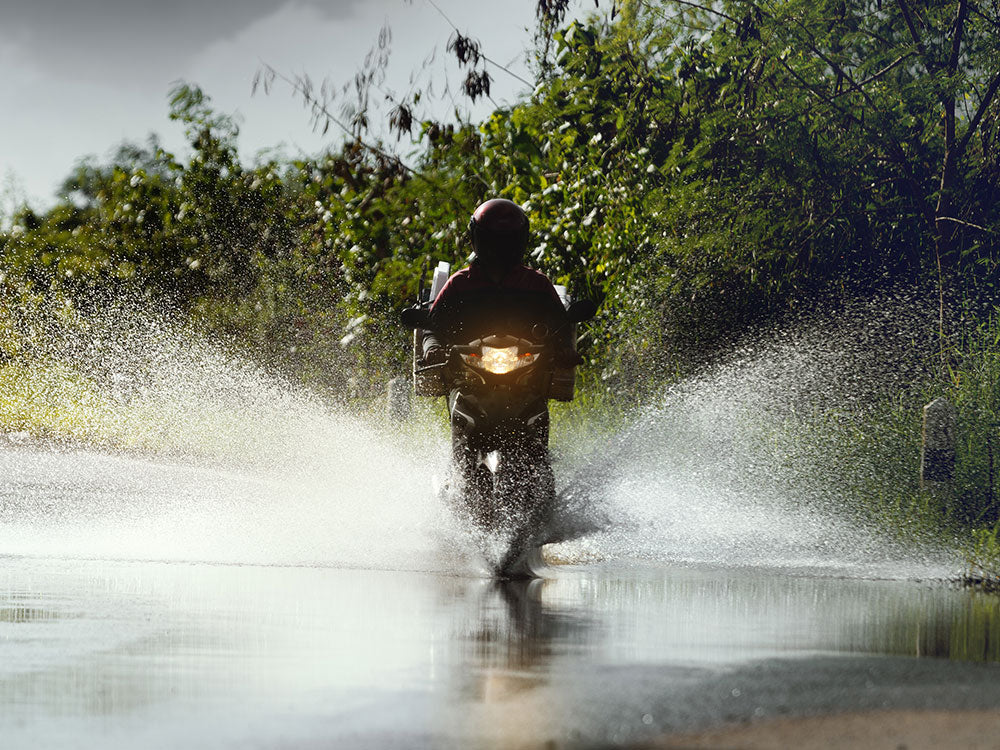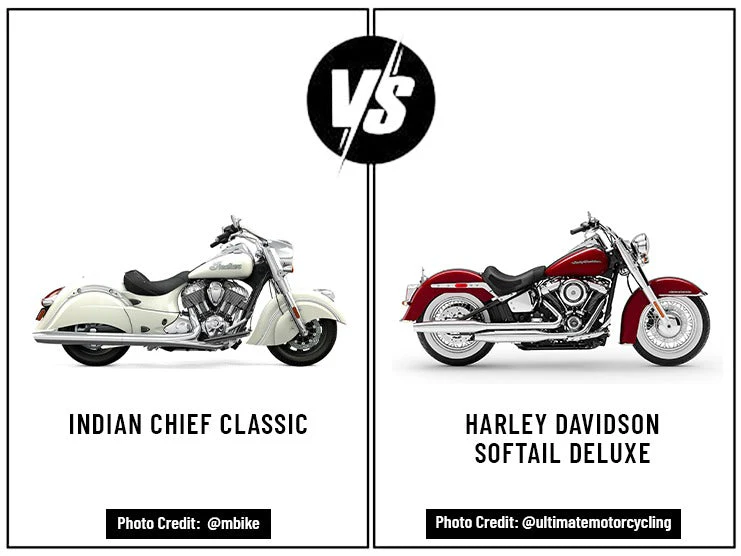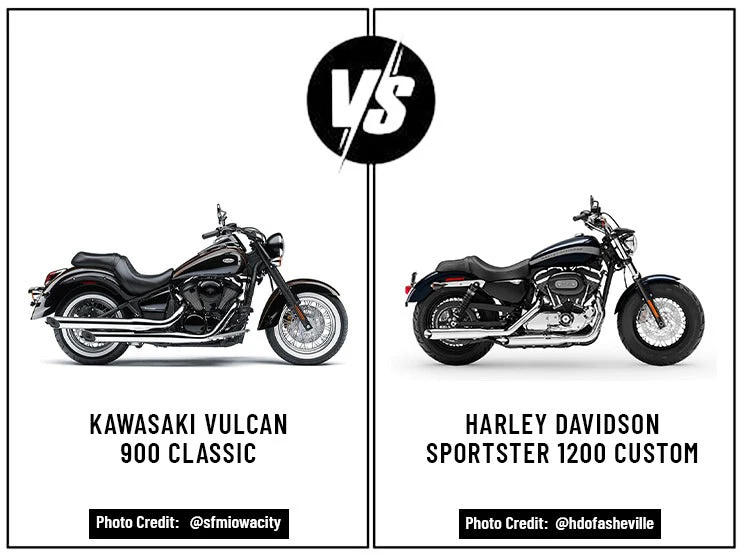Table of Content
When riding in the rain, a motorcycle is exposed to the elements, making it necessary to take extra care of your vehicle afterwards. Here are tips on how to maintain your motorcycle after riding in the rain.
1. 10 Steps on How to Maintain Your Motorcycle After Riding in the Rain
After riding a motorcycle in the rain, it is compulsory to take extra care of your motorcycle to prevent it from getting rusty or suffering any other kind of damage. Here are ten steps on how to maintain your motorcycle:
1.1 Wipe Down Your Motorcycle with a Clean, Dry Cloth to Remove Any Water or Debris
If you were caught in the rain while on your motorcycle, it's important to wipe down your bike as soon as possible. Use a dry cloth to clean off any water or debris. Be sure to pay special attention to the motorcycle's engine and electrical components as they are particularly vulnerable to moisture. Wiping down your motorcycle after a rainstorm will alleviate the risk of corrosion.
1.2 Inspect Your Motorcycle for Any Damage That May Have Occurred During Your Ride
If you've been riding your motorcycle in the rain, it's important to inspect it for any damage that may have occurred. Try to look for the following:
- Check for any leaks in the fuel system.
- Inspect the brakes and tires for any signs of damage.
- Verify the functionality of all electrical parts.
You can make sure your motorcycle is in good shape and safe to ride by following these instructions.
Also Read: 10 Signs Your Motorcycle Needs an Oil Change
1.3 Lubricate All Moving Parts on Your Motorcycle
Motorcycle owners should lubricate all moving parts on their motorcycles after riding in the rain to prevent rusting. After being exposed to wet weather conditions, motorcycles become more prone to corrosion. Chains are especially prone to rust, so lubrication will help prevent this.
There are a variety of motorcycle-specific lubricants available on the market, so be sure to choose one that is right for your motorcycle. Apply lubricants according to the manufacturer's instructions. Make sure to reach into all of the nooks and crannies where rust could potentially form.
1.4 Clean and Polish All Metal Surfaces on Your Motorcycle to Prevent Oxidation
If you want your motorcycle to look shiny and new after riding in the rain, it's important to clean and polish all the metal surfaces. This will prevent oxidation which can damage the metal surfaces, causing your motorcycle to look old and dull.
Simply wipe down the metal surfaces of your motorbike with a clean cloth and mild detergent. Then, use a polishing agent to buff out any scratches or damage. To prevent future corrosion, finish by coating the metal surfaces with motorcycle wax.
With just a little bit of care and attention, you can make your motorcycle look like it just rolled off the showroom floor!
Also Read: How to Clean a Motorcycle Gas Tank
1.5 Check All Electrical Components on Your Motorcycle to Ensure They Are Dry and Free of Moisture
After riding a motorcycle in the rain, it's important to check all of the electrical components to ensure they are dry and free of moisture. This will prevent any potential issues due to moisture buildup, inclufing water finding its way inside the engine and the carbs.
Simply check each component for any sign of dampness. If you see or feel any, clean it off with a dry cloth promptly.
1.6 Use Wax
Waxing your motorcycle is a great way to protect it from bad weather conditions. Wax helps provide a protective surface against the elements, keeping your motorcycle’s chassis looking shiny and new. Motorcycle wax can be found at most auto parts stores and can be easily applied. Just make sure you thoroughly read the instructions for how to apply motorcycle wax. It is recommended you apply wax regularly.
1.7 Store Your Motorcycle in a Dry, Protected Area to Prevent Further Damage
Store your motorcycle in a dry, protected area. If possible, put the motorcycle on a stand or block so that it does not come in contact with the ground if it's wet. Inspect the motorcycle regularly for signs of corrosion or other damage. If you see any evidence of corrosion, clean the affected areas and apply a rust inhibitor.
1.8 Cover Your Motorcycle with a Tarp
Covering your motorcycle with a tarp will help keep water off of your motorcycle and prevent it from suffering damage due to rust or other factors.
Using a waterproof motorcycle cover is a possible alternative. This can protect your motorcycle from the elements if you don't have a tarp handy. However, they're not as effective as tarps at keeping water off of your motorcycle.
1.9 Regularly Inspect Your Motorcycle for any Signs of Rust or Other Damage.
It is important to regularly inspect your motorcycle for any signs of rusting or other damage. Your motorcycle will continue to run smoothly and remain in good condition if you do so. Be careful to have any corrosion or damage fixed as soon as possible to prevent further harm.
1.10 Take Your Motorcycle to a Professional Mechanic for Regular Maintenance and Repairs
Be sure to take your motorcycle to a professional mechanic for regular maintenance and repairs. A professional mechanic may be able to identify problems with your motorcycle that were missed. Also, a professional mechanic will help maintain the condition of your motorcycle and avert more costly repairs in the future.
2. Tips for Riding a Motorcycle in the Rain
- Before you ride in the rain, inspect your motorcycle. Make sure the tires have excellent traction and all the lights are in working order.
- When riding in the rain, travel slowly. It takes longer to stop and turn on slick surfaces, so give yourself plenty of time and space.
- Don't ride in standing water like puddles. It's hard to see what's under the water’s surface and you could end up hitting something hidden.
- If you're riding in the rain, use your low beams. High beams reflect off the rain and make it harder to see.
- Watch out for slick spots on the road. Leaves, oil, and other debris can make the pavement slippery.
- Be extra careful around other vehicles. In the rain, you may not be visible to other drivers.
- Don't tailgate. It's harder to see the road ahead when it's raining, so give yourself extra space to brake.
- Avoid puddles if possible. They can hide potholes, debris, and other hazards.
- Slow down before going over bridges. The road surface can be slick and there may be water running down the bridge itself.
- Ride defensively and be ready for anything.
3. Can I Keep My Motorcycle Outside in the Rain?
Leaving your motorcycle out in the rain is not ideal, but it will not cause significant damage if only done occasionally. However, if it is left out in the rain frequently, rust and corrosion can build up on the motorcycle. Additionally, leaving a motorcycle out in the rain can depreciate its resale value.
If you must keep your motorcycle outside in the rain, protect it from deterioration by covering it with a sheet, a tarp, or any other waterproof material.
4. What to Do When Rain Hits While You're on the Road?
Firstly, make sure your motorcycle has high visibility and that all of its lights are functional. This will make you more noticeable to other drivers.
Secondly, slow down and take extra care when cornering or braking. Wet roads can be slippery so it's important to ride at a safe and slow speed.
Finally, watch out for puddles and debris on the road as these can cause your motorcycle to lose traction.
5. Last Words
After riding a motorcycle in the rain, maintenance is compulsory to prevent any kind of damage. With the tips provided in this article, you can make your riding experience more enjoyable and keep your motorcycle in good condition.













Leave a comment
All comments are moderated before being published.
This site is protected by hCaptcha and the hCaptcha Privacy Policy and Terms of Service apply.